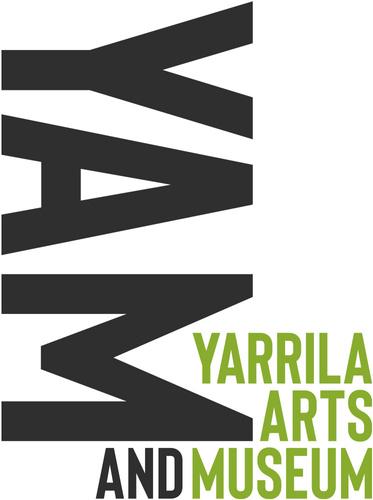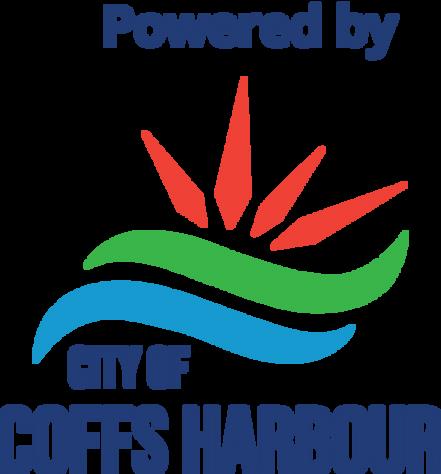Foreword
John Tuckwell: A Survey celebrates John Tuckwell’s decades-long career, offering a comprehensive look at the evolution of his work and artistic exploration. Based in Bellingen, Tuckwell is known for his unique approach to his practice and his generosity as an artist and teacher, sharing his insights and techniques with fellow artists and students.
This important survey exhibition recognises Tuckwell’s contribution to contemporary ceramics practice on a local and national level. Exhibitions such as these, exemplify Yarrila Arts and Museum’s commitment to providing a platform for nurturing, supporting, and promoting artists and the creative industries of the Coffs Coast region, and providing opportunities for audiences to engage with their works.
Thank you to the Yarrila Arts and Museum team who have worked with the artist to develop and present this significant exhibition. Thank you to City of Coffs Harbour for their ongoing support of Yarrila Arts and Museum and this region’s thriving arts community
A special thank you to John Tuckwell for sharing your works with us.
Carrie Kibbler Service Leader, Yarrila Arts and Museum
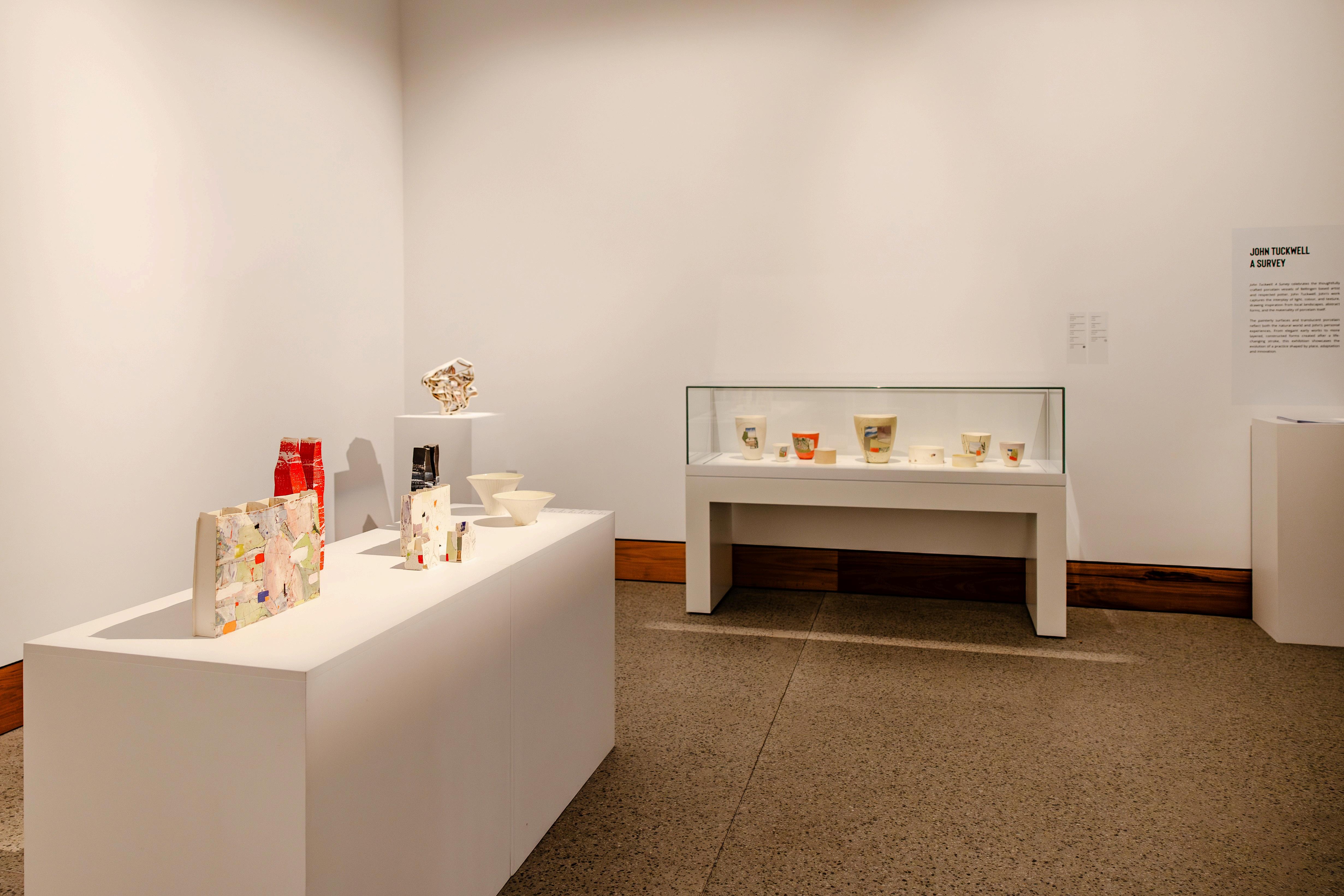


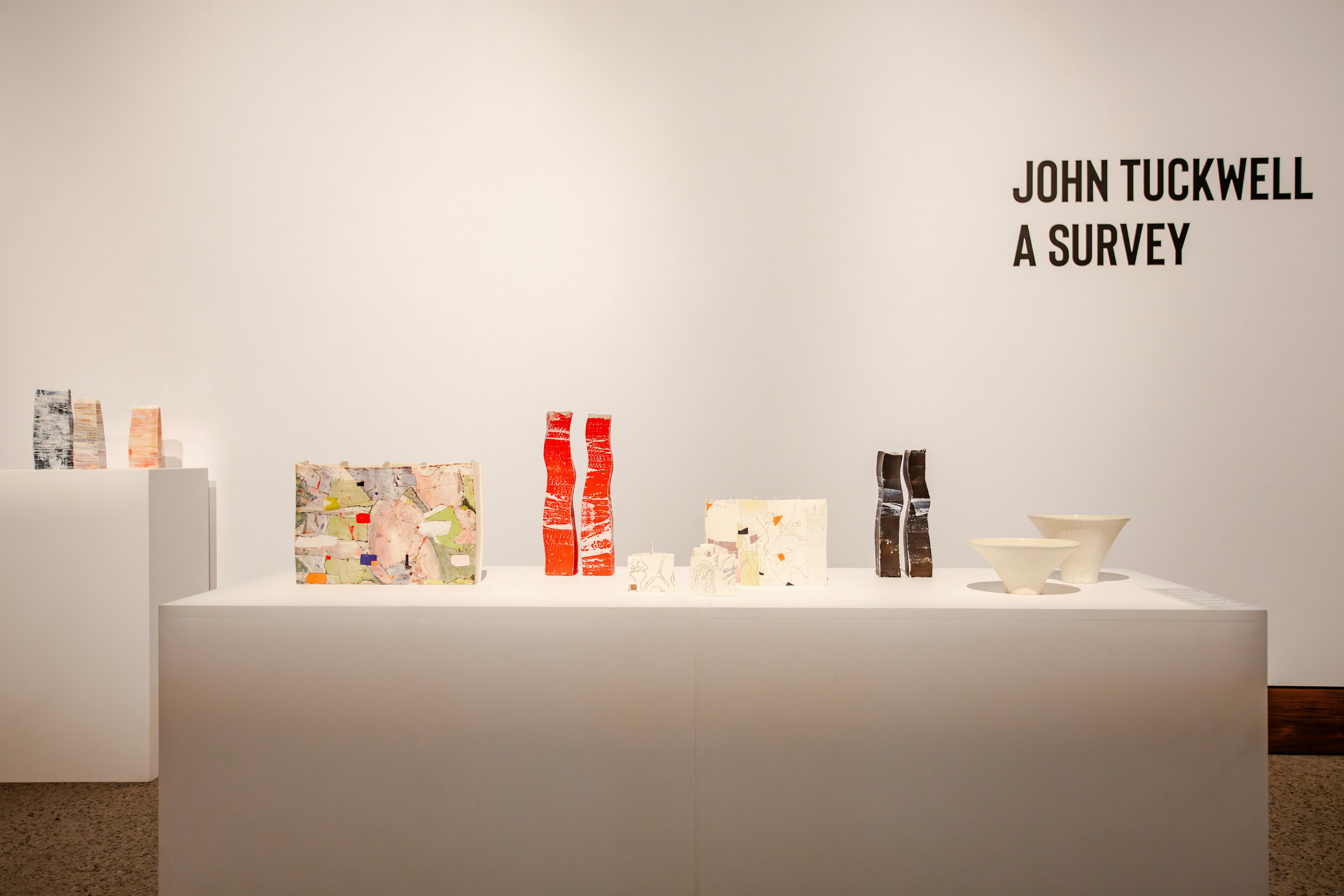
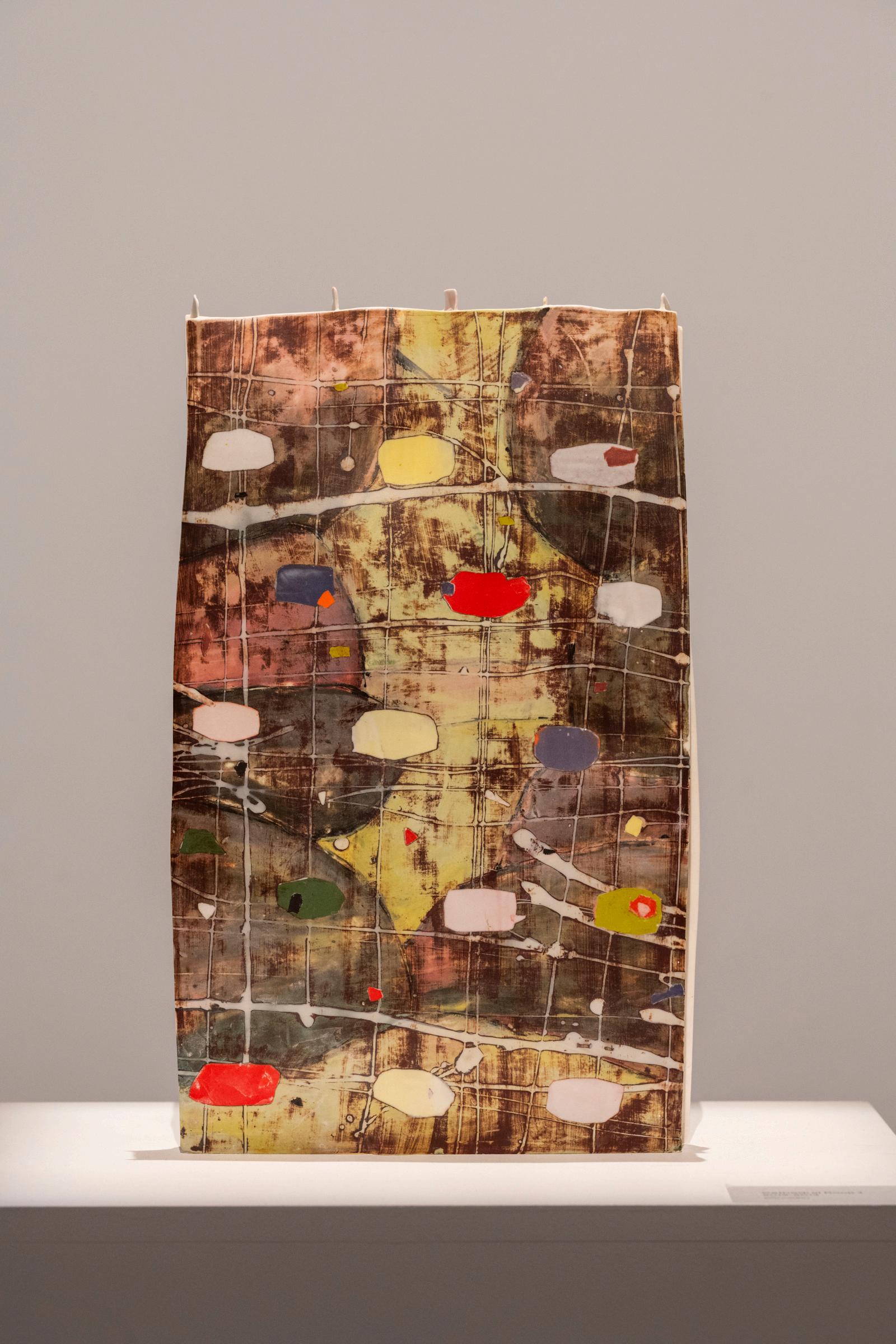
forms. Key shifts in his work around this time include the use of pieces of slab that are constructed to create tower-like structures and the incorporation of holes that consciously prevent the pots from being functional. Instead, these works become sculptures, objects meant for contemplation rather than utility. The presence of holes transforms the vessels into spaces for reflection, inviting viewers to engage with them as works of art that transcend traditional notions of pottery. The transition from fine, smooth vessels to more intricate, textured and layered pieces highlights the way Tuckwell’s work reflects his shifting perspective both as an artist and as a person grappling with new limitations and possibilities.
Tuckwell’s Memory Pots, created over the last five years, and where holes penetrate the whole form, leave the viewer to peer simultaneously into and through the pot. Memory Pots were created as Tuckwell processed the long-term illness and eventual passing of his mother from dementia. Tuckwell’s Memory Pots explore the broader emotional landscape of memory, loss, and the impact of dementia on the mind. The form of the pots, with their holes and fragmented shapes, symbolize the gaps in memory caused by dementia, as well as the general fragility and inevitability of loss. The holes invite the viewer to reflect on the ways in which memories slip away, leaving behind a shell that is both empty and full full of meaning, but devoid of certainty.
In Dendrite Series 2019, the recurring motifs of synapses and dendrites further explore memory, connection, and fragmentation. Dendrites are the tree-like extensions of nerve cells that receive electrical signals from other cells, while synapses are the connections between nerve cells where communication happens. Together, they form a vital part of the brain’s intricate network for memory and cognition. In the Dendrite Series 2019, Tuckwell uses these motifs as metaphors for the fragile, interconnected nature of memory itself. They are interspersed with other fragments of colour
and texture, adding layers of complexity to the work. The organic, branching forms of dendrites are contrasted with areas of smooth porcelain, creating tension between the fragility of memory and the material strength of the pots themselves. This contrast emphasizes the vulnerability of the mind and the way that memory, once a cohesive whole, is often fragmented or lost entirely.
One of the most poignant works in John Tuckwell: A Survey is Self Portrait, a key piece from his Collapsible Series 2012. The face appears fragmented, as if under the weight of struggle. Yet it retains its form, suggesting both vulnerability and strength. It reflects the unpredictable nature of life, where chance and external forces like the pressures of the kiln collaborate with the artist to create something beyond his control. The kiln doesn’t just perfect the form, it challenges it: pushing it to collapse, shift, and evolve. In this sense, the firing process is about letting go and allowing transformation resulting in an abstract portrait that emerges unexpectedly, with a nod to Tuckwell’s humour.
For Tuckwell, the pot is complete only when it is seen and engaged with by others. In a gallery setting, the viewer’s interaction with the piece its form, texture, and the space it occupies adds new layers of meaning. By engaging with these delicate yet resilient forms, we discover what it truly means to be a pot by John Tuckwell: a beautiful, enigmatic object born from a dialogue between maker, material, and the unpredictable forces at play.
Ashleigh Frost Curator, Yarrila Arts and Museum
List of Works
Black Towers
2008 porcelain
Cathedral Rock 1
2013 - 2014 porcelain
Cathedral Rock 2
2013 - 2014 porcelain
Collapsible 1 – 2
2012 porcelain
Collapsible 3
2012 porcelain
Collapsible 4
2012 porcelain
Hungarian Vessel 2017 porcelain
Landscape Panel Vessel 1
2004 - 2009 porcelain
Landscape Panel Vessel 2
2004 - 2010 porcelain
Landscape Panel Vessel 3 c 2009 porcelain
Landscape Panel Vessel 4 c. 2009 porcelain
Landscape Panel Vessel 5
2004 - 2009 porcelain
Landscape Panel Vessel 6 c. 2009 porcelain
Memory Box (large)
2024 porcelain
Memory Box 1
2024 porcelain
Memory Box 2 2024 porcelain
Memory Box 3 2024 porcelain
Memory Box 4 2024 porcelain
Memory Box 5
2024 porcelain
Memory Box 6
2024 porcelain
Memory Box 7
2024 porcelain
Memory Box 8
2024 porcelain
Memory Box 9 2024 porcelain
Memory Box 10 2024 porcelain
Memory Box 11 2024 porcelain
Memory Box 12
2024 porcelain
Memory Box 13 2024 porcelain
Techniquesandmaterials
Tuckwellworkswithporcelainthroughhandbuildingandslip castingtechniquesusingpaperclayslipThepotsarelow-firedinan electrickiln,withcolouredpigmentsmixedintoslipandoxide washesforsurfacedetail.
BurnishTopolishleather-hardclaywithasmoothobject(suchasa polishedrock,thebackofametalspoon,oralightglobe).
KilnAfurnaceinwhichpotsarefired.Traditionallyfuelledbywood orcoal,andmorerecentlybygasorelectricity.
Leather-hardThestageatwhichunfiredpotshavedriedenoughto holdtheirownformbutstillretainenoughmoisturetobejoined together.Atthisstagetheycanalsostillbecarvedandinscribed.
Low-firedFiredatacomparativelylowtemperature.
Droplow-firedReachingthetoptemperatureslowly(andonlyfora fewminutes)andthendropquicklyandholdthetemperaturelow fortheremainderofthefiring.
PaddleAnimplement,usuallywooden,withawideslatend,usedto compress,smoothandshapeclayforms.
PaperclayAclaybodytowhichpaperfragmentshavebeenadded toincreaseitsstrengthItisoftenusedinhandbuilding
PorcelainAhard,dense,translucentceramicmadefromamixture ofchinaclay(kaolin),chinastoneandsilica
SlipLiquidclaythatcanbeusedasacastingmedium,for decorativeeffectoras‘glue’tojoinpiecesofpottogether.
SlipcastTomakepotterybypouringslip(liquidclay)intoaplaster mould,whichdrawswaterfromtheslop.Thisleavesa‘skin’ofclay whichformstheshapeofthepot.
WashAthindilutionofacolouringmediumsuchasmetallicoxide.
